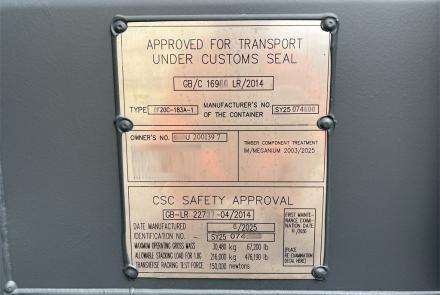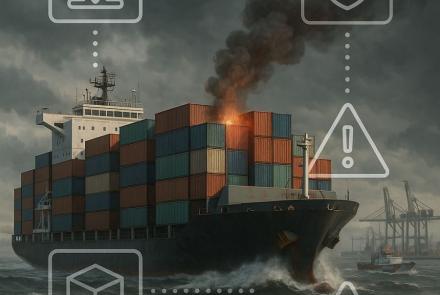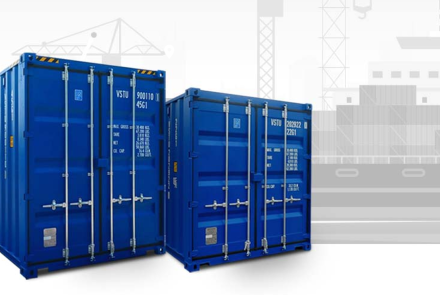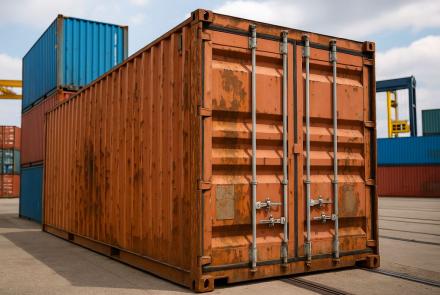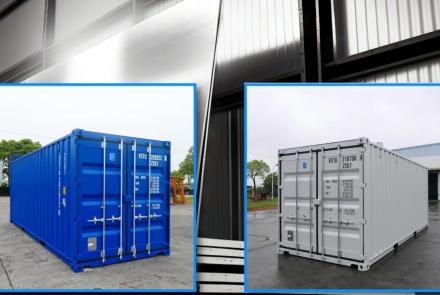THE IMPACT OF TRADE TENSIONS AND TARIFFS ON THE SHIPPING AND LOGISTICS INDUSTRY
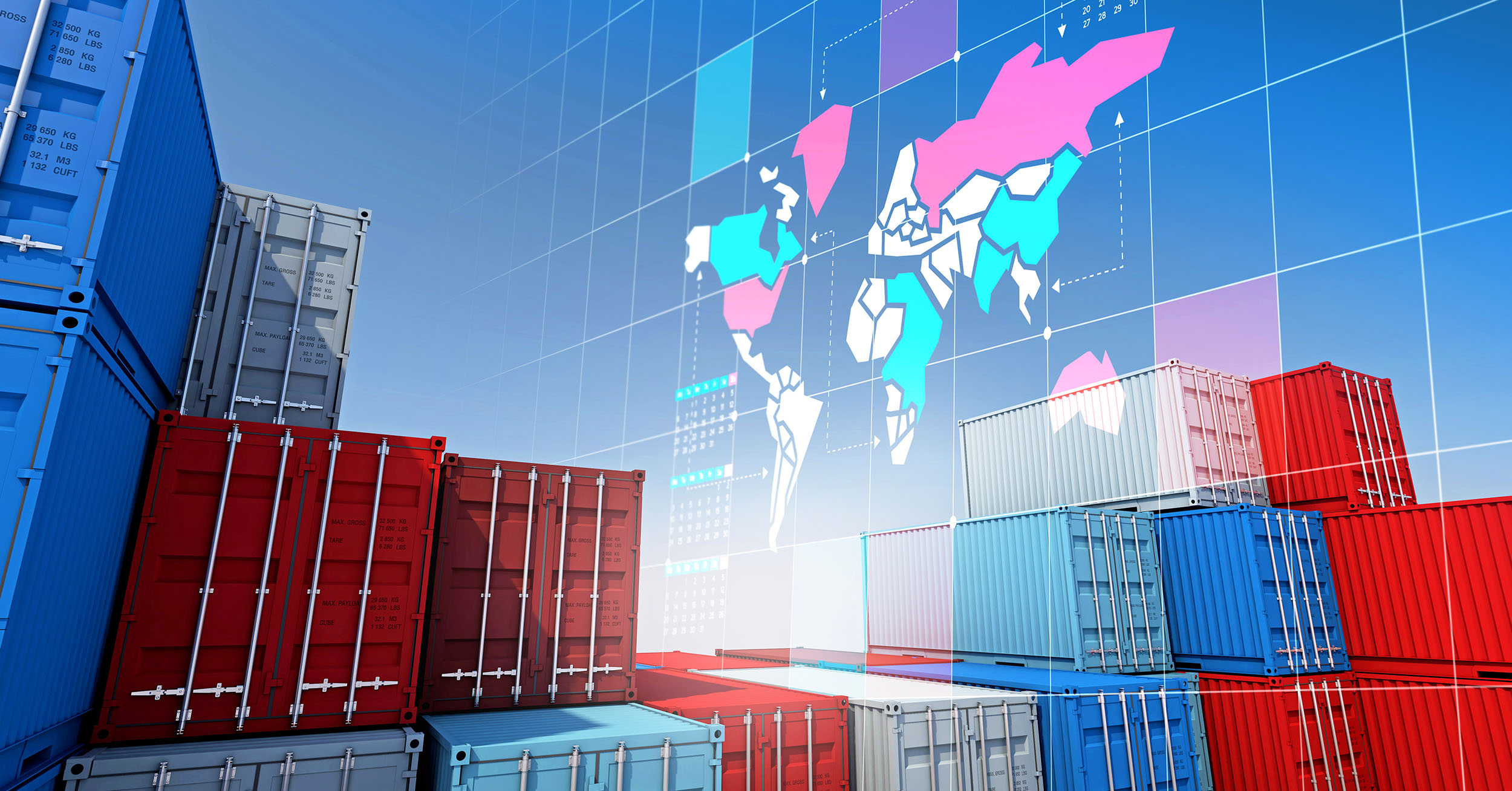
The shipping and logistics industry plays a key role in facilitating international trade. Nonetheless, recent trade tensions and tariffs between countries have had a significant impact on the industry.
Let’s explore the effects of trade tensions and tariffs on the shipping and logistics industry, including shifting trade patterns, increased demand for alternative shipping routes and modes of transportation, changes in port infrastructure and logistics operations, administrative burdens and delays in customs clearance, and potential long-term implications such as increased localization of production and a shift from globalization.
Shifting Trade Patterns
One of the most significant impacts of trade tensions and tariffs on the shipping and logistics industry is the shifting of trade patterns. As countries impose tariffs on each other's goods, businesses have to find new markets to sell their products. This can lead to changes in the types of goods being traded, as well as the countries that are importing and exporting them. For example, if the United States imposes tariffs on Chinese goods, Chinese businesses may begin to look for new markets to sell their products, leading to an increase in trade between China and other countries.
Such a shift could lead to an imbalance in container availability because many shipping routes are geared towards transporting goods from China to the US. If China were to move its export markets from the United States to Europe or Southeast Asia, many shipping companies would need to reposition their containers to meet the changing demand patterns. However, it is relevant to note that the shipping industry is highly adaptable, and shipping companies would tweak their operations to meet the changing demand patterns over time. By and large, while there could be a temporary imbalance of container availability, it is unlikely to have a significant long-term bearing on the global shipping industry.
Demand for Alternate Shipping Routes and Methods of Transportation
Trade tensions and tariffs can also lead to an increased demand for alternative shipping routes and modes of transportation. As trade patterns shift, businesses may need to find new ways to transport their goods. This can lead to an increase in demand for alternative shipping routes, such as the Northern Sea Route, which is becoming more accessible due to melting ice in the Arctic. Similarly, businesses may need to find alternative modes of transportation, such as air freight, to avoid tariffs or to transport goods quickly.
Changes in Port Infrastructure and Logistics Operations
Trade tensions and tariffs can also lead to changes in port infrastructure and logistics operations. As trade patterns shift and new shipping routes are developed, ports may need to invest in new infrastructure to accommodate larger ships or different types of cargo. Additionally, logistics operations may need to be adapted to accommodate changes in trade patterns, such as new customs procedures or different types of cargo.
Increased Administrative Burdens
Increased administrative burdens can have a significant impact on businesses and organizations, particularly in terms of time, cost, and resources. When regulations and requirements change frequently or become more complex, it can create additional work for employees who are responsible for compliance. For example, a company may need to invest in new software or hardware to manage and track data, or hire additional staff to handle the workload. This can lead to increased overhead costs and reduce profitability. In addition to financial costs, increased administrative burdens can also cause stress and frustration for employees. They may need to spend more time on paperwork and compliance tasks, which can take away from their core job responsibilities and lead to burnout.
Furthermore, increased administrative burdens can create barriers to entry for new businesses, making it more difficult for small or start-up companies to compete with larger, established organizations. This can bring barriers to innovation and limit economic growth. Largely, while regulations and compliance requirements are necessary to ensure fairness and safety, it's important to find a balance that minimizes administrative burdens for businesses and organizations, without compromising the integrity of the regulatory system.
Increased localization of production
The potential long-term implications of increased localization of production and a shift from globalization could be substantial. While there may be increased opportunities for small businesses and local communities to thrive as production and consumption become more localized, there could also be negative impacts, such as reduced efficiency and higher costs for consumers, as well as potential geopolitical tensions as countries become more self-reliant and less dependent on each other. A shift away from globalization could also hinder progress on global issues such as climate change and international cooperation.
VS&B Containers group offers both standard and custom-made containers, which can be delivered directly from the factory to your desired location. The company owns a fleet of 30,000+ containers and maintains readily available one-way containers throughout Europe and Asia, making it easy for customers to purchase containers from any location worldwide. Additionally, the company's IT division, iInterchange Systems, provides advanced software solutions for shipping and logistics companies. If you have unique needs in terms of affordability, adaptability, and potential return on investment, please send an email to traders@vsnb.com, and the VS&B team will contact you to discuss further.
- Log in to post comments


